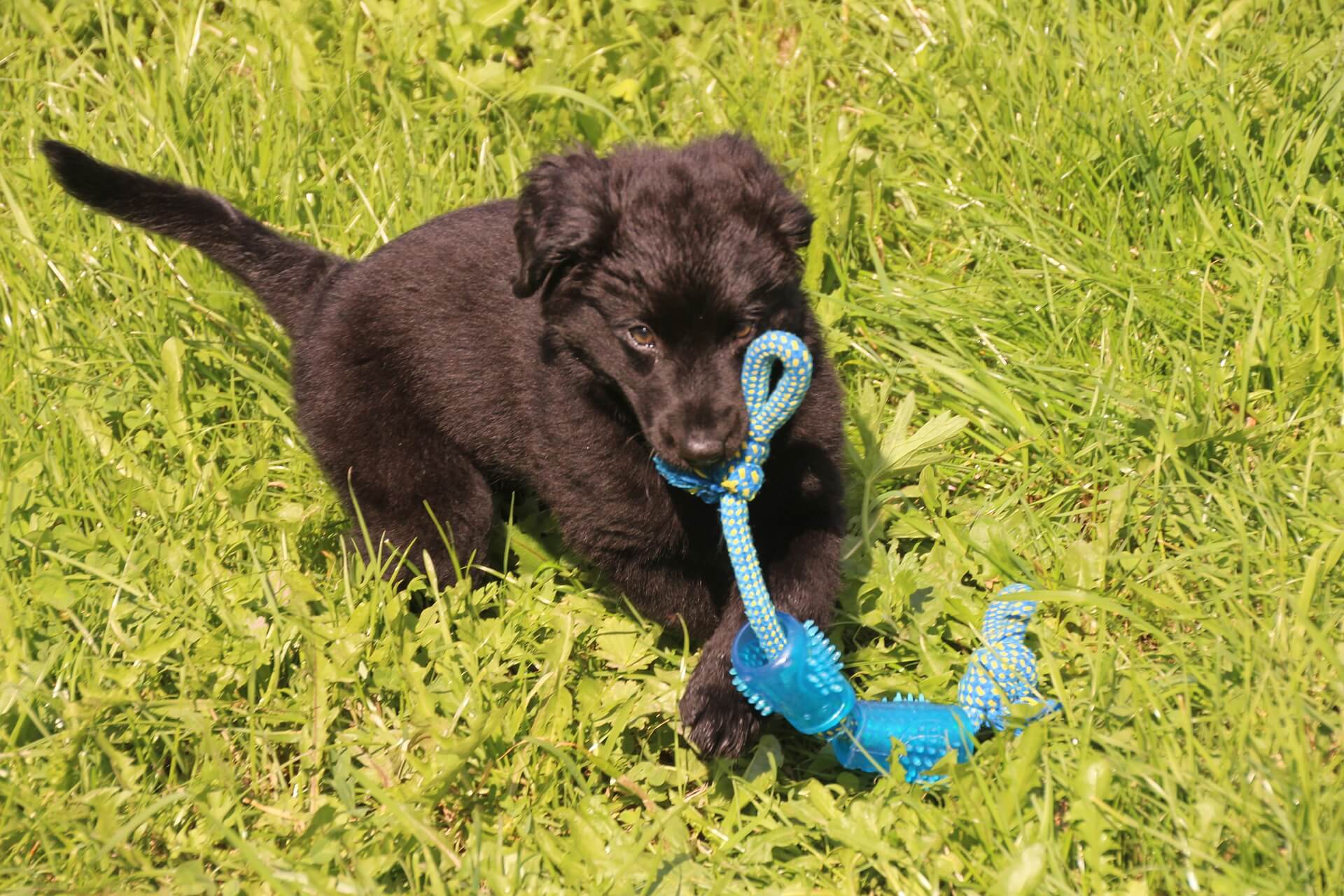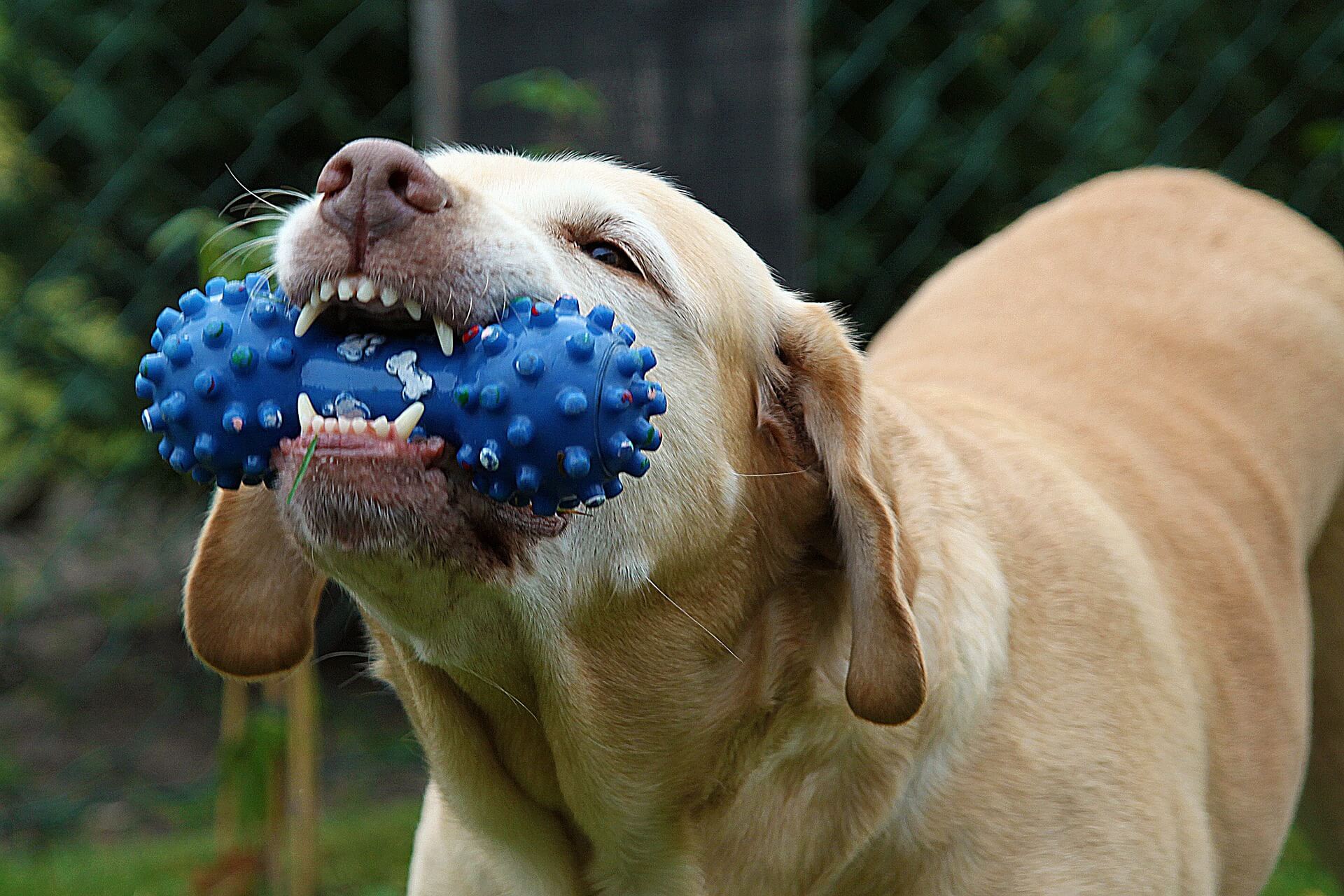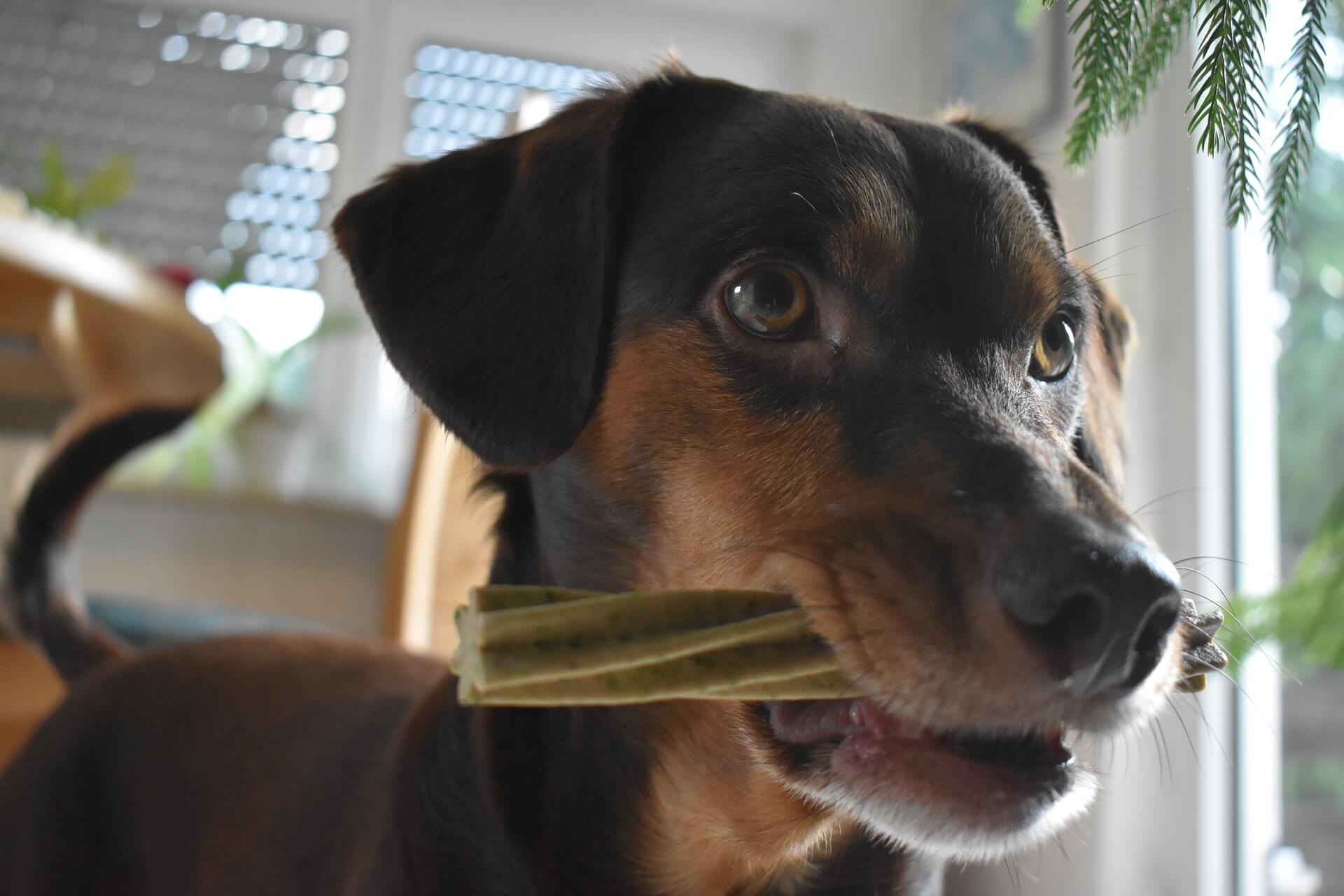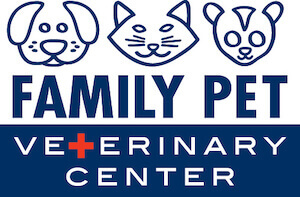Chew Toys for dogs can be kind of a controversial topic for numerous reasons. There's so much mixed information out there it's hard to sort through and find a truly accurate source. It's so important to be able to stimulate your dog's mind and give them something to do during the day. Safe and effective toys are hard to find, though, so that's why we're here to help you make educated decisions. Enjoy this blog all about Safe Chew Toys and how to find them!
Why Are Chew Toys Beneficial?
 Especially when your dog is a puppy it's important to give them access to toys and specifically teething toys. During their developmental period (for puppies it is between the age of 2 months to 10 months) it's crucial to allow young dogs to chew on toys and get the relief they need from teething. Teething is very uncomfortable for them, so building the relationship now with chew toys being a positive association is wonderful! Make sure to not give them toys that would resemble household objects that they are not supposed to chew on, such as a tv remote plush or a rubber shoe chew toy. This allows your pet to be able to distinguish the chewable things from the non-chewable things and will make it much easier in the future to build along that habit.
Especially when your dog is a puppy it's important to give them access to toys and specifically teething toys. During their developmental period (for puppies it is between the age of 2 months to 10 months) it's crucial to allow young dogs to chew on toys and get the relief they need from teething. Teething is very uncomfortable for them, so building the relationship now with chew toys being a positive association is wonderful! Make sure to not give them toys that would resemble household objects that they are not supposed to chew on, such as a tv remote plush or a rubber shoe chew toy. This allows your pet to be able to distinguish the chewable things from the non-chewable things and will make it much easier in the future to build along that habit.
Another reason your puppy might be chewing on everything in sight is a build-up of energy. Puppies (and some dog breeds) have an insane amount of energy and most need to have near-constant stimulation while awake to be content. If they don't have the correct items to chew on then why not start on the sofa, right? Providing them with the proper things to chew on will give them that stimulation they need while creating a positive connection between the toy and whatever situation they are in. For example, if you give your dog a peanut-butter-filled toy every time they are in their kennel, they might even look forward to being in there. Wouldn't that be great for bedtime!
Puzzle toys and treat dispensing toys can also stimulate your dog's brain and give them a real sense of challenge and reward. Kongs are especially good because you can fill them with cheese, peanut butter, or treats and it will take them some time to get everything out of it. If you use peanut butter, the smell of it stuck on the toy alone could keep your pet coming back even when it seems like it's all gone. Freezing the toy when it is full of peanut butter, cheese, or other things will also make the toy last much longer with your persistent pup.
What Characteristics Make a Chew Toy "Safe"?
 Chew toys for the use of fun and stimulation are fine as long as they fit the thumbnail test. This means that if your thumbnail can make an indent in the object, it's okay to chew. If your thumbnail bends, it's likely to break teeth. Rubber or silicone is usually a safe option and is pliable enough to not cause damage to your pet's teeth. The size of a chew toy also matters. Too small and your pet can run the risk of accidentally swallowing and choking. Another characteristic to avoid would be any toys with holes. There have been many instances in Emergency Hospitals where a pet has gotten their jaw and/or teeth stuck in a chew toy and either had to be removed by breaking the toy or even surgically.
Chew toys for the use of fun and stimulation are fine as long as they fit the thumbnail test. This means that if your thumbnail can make an indent in the object, it's okay to chew. If your thumbnail bends, it's likely to break teeth. Rubber or silicone is usually a safe option and is pliable enough to not cause damage to your pet's teeth. The size of a chew toy also matters. Too small and your pet can run the risk of accidentally swallowing and choking. Another characteristic to avoid would be any toys with holes. There have been many instances in Emergency Hospitals where a pet has gotten their jaw and/or teeth stuck in a chew toy and either had to be removed by breaking the toy or even surgically.
Some pets like to chew on different textures such as fabric and rope. These we will refer to soft toys. Soft toys should not contain anything on them that could be ripped off or ingested such as eyes, strings, tassels, etc. When toys start to become damaged or fray, they should be thrown away immediately. Dogs are notorious for quickly ripping something off and eating it the first chance they get! Each soft toy should be very sturdy and machine washable so you're able to decontaminate it as needed. No soft toy should contain beads, packing peanuts, or anything that is not labeled as "safe" stuffing. Although it is labeled as "safe" does not mean they can eat it as much as they want and every pet should be monitored when they play with soft toys.
What Toys Should I Avoid?
We gave you some information about what to look out for, but now we will tell you which ones to try to avoid as well. First off, we will discuss tennis balls. Tennis balls can be dangerous for your dog for multiple reasons. The most obvious would be that they are serious choking hazards, especially for big dogs with strong jaws. Tennis balls are made for the tennis court and are quite durable, but they're not manufactured with a dog's piercing teeth in mind. They can easily be popped and then bits or even whole chunks can be lodged in your pet's throat, blocking the windpipe, or travel down and get stuck in the gastrointestinal tract and require expensive surgery to remove. Another reason why tennis balls are not good for your pet would be the dental aspect. The fuzzy texture on the outside is very abrasive, and will continually wear down your pet's front small teeth and backside of the canine teeth as they chew on it. This can eventually lead to dental issues such as enamel wear or exposed tooth pulp that can be very costly and painful. As tennis balls get covered in dirt or sand, they get even more sand-paper-like and wear the teeth down even further. If you're going to use a tennis ball, only allow your dog access to them during supervised play. We suggest not using tennis balls, though, and switching to a different kind of throw toy. Balls for play should be smooth with nothing glued on the outside to reduce tooth wear and should be durable enough to withstand your dog's chewing strength. These, though safer, should still be used during supervised play and not available when your pet is alone to reduce the risk of choking. Also, when you're using balls to play with your dog they should only have access to one at a time. Giving them more than one will run the risk of one getting accidentally lodged in the back of the throat. All toys should be small enough to fit in your pet's mouth comfortably, but big enough to not slip down the back of the throat and get stuck.
You've probably heard some information about rawhide being notoriously bad for your dog. And in most cases, this is true! The big downside to rawhide is its digestibility. Hard-chewing dogs will often break the rawhide into large chunks and swallow them without breaking them down properly into smaller pieces. This could result in either a choking hazard in the throat, esophagus, and gastrointestinal tract or it could get stuck in the stomach where it isn't able to be broken down for a very long time and ends up causing more gastrointestinal issues such as vomiting, diarrhea, and lethargy. Smaller dogs and senior dogs will more often than not take off big chunks of the rawhide and eat it more slowly and deliberately, but we recommend going with softer chewing options and ones that are more easily digestible.
Next, we will get on the topic of hard bones. The FDA released this article in 2010 about the dangers of giving your pets "Bone Treats". In this FDA article, it gives plenty of information on reasons why you SHOULD NOT provide your pet with hard bones to chew on. Raw bones from livestock such as cattle, pigs, or any animal are not safe to give to your dog. A Bone could splinter in your pet's mouth, leaving fragments of bones embedded in the mouth, gums, throat, esophagus, or stomach of your dog and cause internal bleeding or blockages. The fragments could even lead to a fatal bacterial infection called peritonitis where they're able to poke holes in the stomach and large/small intestine. Bones will break teeth, leading to a lot of pain in your dog and very expensive vet bills. Additionally, the raw marrow bones with the hole in the center could get looped around the bottom or top jaw of your pet and are almost impossible to remove without sedation of your pet. Instead of hard bones, consider a rubber toy that you can fill with cheese, peanut butter, treats, or anything that is flexible or passes the thumbnail test as mentioned above!
But What About Keeping My Pet's Teeth Clean?
If you use chewing toys for dental care, it's not the best choice. Items with a VOHC seal (found at VOHC.org) have at least a 20% efficacy but are three to four times less effective than daily brushing or wipes. Hard bones have been shown to be able to remove some plaque buildup from the top of the teeth, but doing so does not stop plaque from forming on the inside the gums or above the gum line. Plaque buildup can mineralize into tartar in as little as 24 to 48 hours, which then can cause periodontal disease or inflammation of the gums. Daily brushing or wiping with dental wipes is the most effective way to avoid plaque buildup in your pets. The most important part of that would be making sure to associate the brushing or wiping with a positive outcome, such as a treat or feeding so that your pet is that much more willing to sit still for a bit! Brushing or wiping should be done at least every other day to be effective in preventing plaque buildup on the teeth and can be accomplished in as little as 10-30 seconds per day.
Watch our video below on how to properly wipe the gum line of a dog using Dental Wipes.
Dental treats such as Greenies or VeggieDents can help to remove plaque passively. They mechanically work on the coronal 2/3 of the tooth as your pet chews. VeggieDents are designed to dissolve completely even if swallowed so should not pose a risk of obstruction. Tartar Shield brand rawhide chews are made from rawhide chews ground up and then stuck back together into a chew format, thus are not obstruction risks either. Greenies, VeggieDents, and Tartar Shield products all have or are working on VOHC approval. If you want to give your pet a treat, why not give them something that can aid in dental care?
VeggieDents are designed to dissolve completely even if swallowed so should not pose a risk of obstruction. Tartar Shield brand rawhide chews are made from rawhide chews ground up and then stuck back together into a chew format, thus are not obstruction risks either. Greenies, VeggieDents, and Tartar Shield products all have or are working on VOHC approval. If you want to give your pet a treat, why not give them something that can aid in dental care?
Final Verdict
Chew toys can be fun for your dogs, and the proper ones can provide mental stimulation, some dental care, and usually just an overall tasty treat for your pet. There are a lot of great toys out there that are safe and reliable for your dog, some require a bit more digging to discover. The trouble with most items is that marketing promotes some items as being good when really they can be harmful. In general, if the item has flex or your nail can indent it, it's likely fine. We recommend always doing thorough research before buying and giving your pet a toy.
If you ever have any questions about chew toys, dental care, or anything at all, feel free to contact us here or give us a call.
